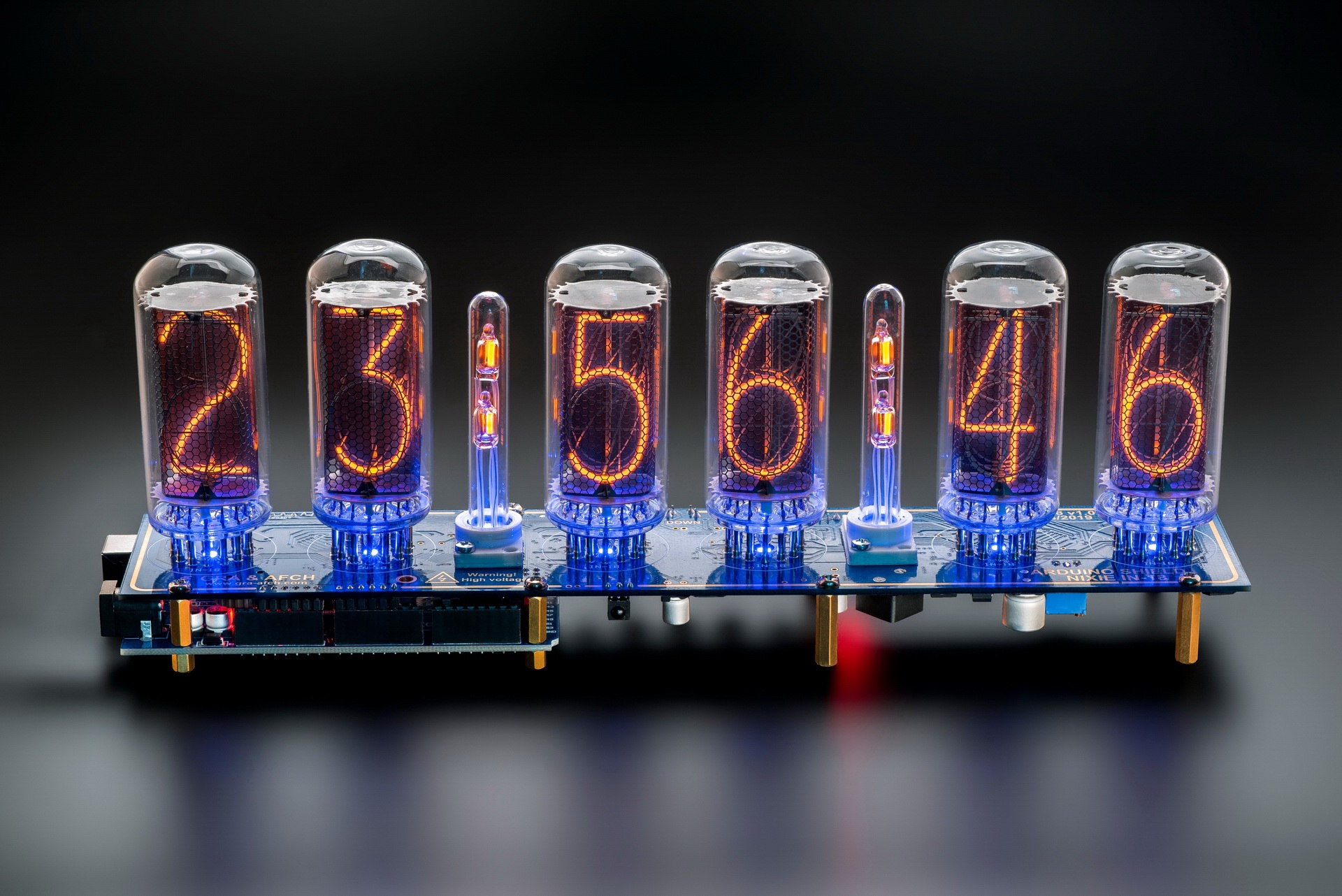You have made the embarrassing assumption that all DIY computers were necessarily Pee Cees (aka "IBM compatibles"). That is absolutely not the case. Your timeline is also around 8-10 years off as are some other assumptions about the state-of-the-art back when.If you built computer in the 80's which I find hard to believe, all computers back then were proprietary with 8088 XT motherboards, and the 286's didn't come out late 80's early 90's.
The first Pee Cee that I laid hands on was no-name non-proprietary model. It featured 128KB of RAM and dual 5.25" floppies. This was some time in the 1982-83 range. As I recall, the budget demanded that the spreadsheet software would have to come in a second budget cycle. One camp wanted Visicalc because that what we ran on the Apple /// but the other camp wanted 1-2-3 because that was the "benchmark" of the day. Word processing would remain on the Wang multiuser system.
I can't remember specifically why it was purchased but I don't recall that anyone used it productively while I was there in favor of Visicalc on Apple /// with a 5MB hard drive (running Apple Pascal as the DOS) and some dialup timesharing computers.
The PC debuted in 1981.
The AT was introduced in 1984 featuring a higher base clock speed and an 80286 CPU and a 16 bit bus (versus the 8 bit limit of the 8088).
The XT came out somewhere in between the IBM PC and the AT and the difference was an included hard drive and typically more RAM. The no-name models (and a few of the name brand models) often had an 8MHz turbo option.





